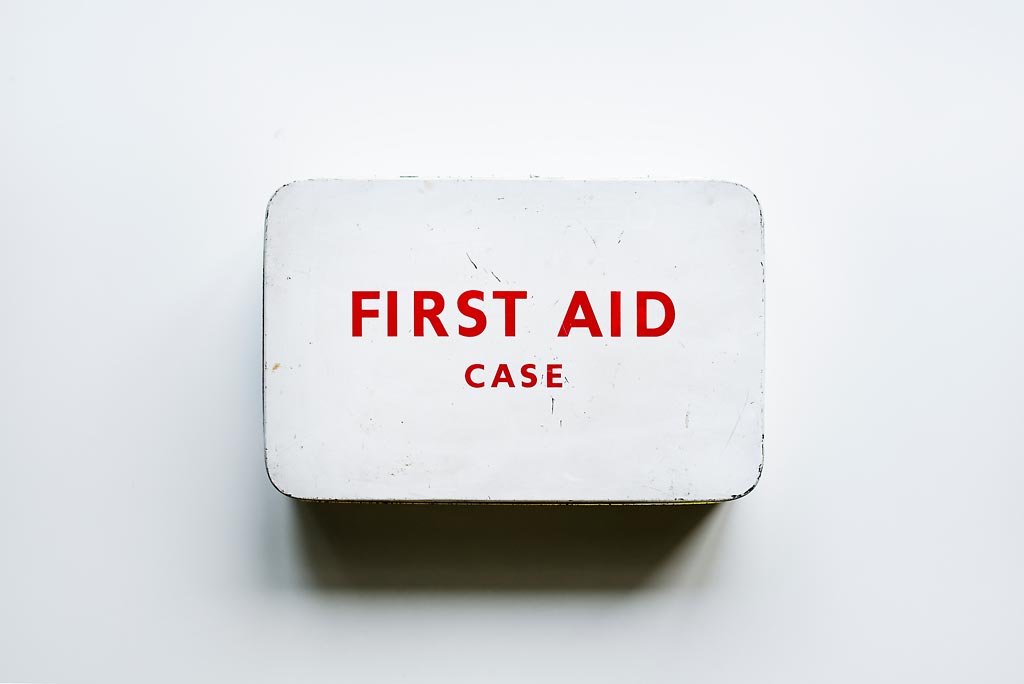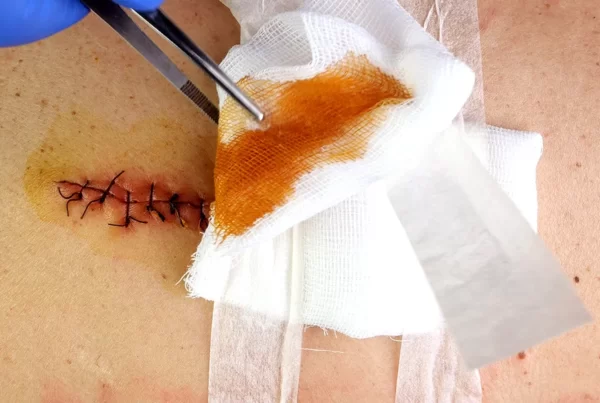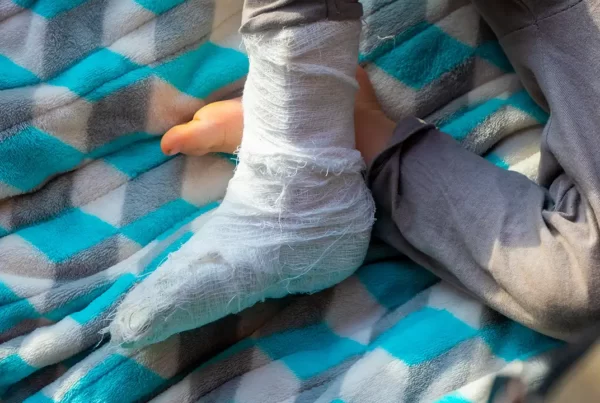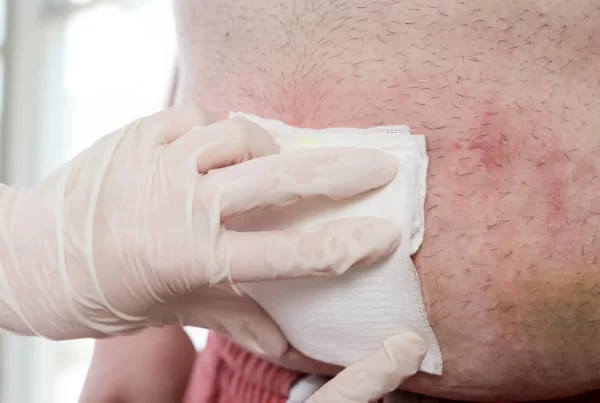Few people realize the importance of having a few basic supplies on hand in case of a small emergency. A first aid kit, some cash, and a flashlight are all important to have in case of an unexpected event. Here are four more items that you should make sure to have at home in case of an emergency.
What is the basic of first aid?
First aid is the initial assistance given to a person who has been injured or suddenly taken ill. It consists of a series of simple and often lifesaving techniques that an individual can perform with minimal equipment and training. The basic principles of first aid are to prevent further harm, preserve life, and promote recovery. This is achieved by assessing the situation, protecting the patient from further danger, providing comfort as needed, calling for help if needed, and administering appropriate medical care. Basic first aid techniques include controlling bleeding, protecting an open wound from dirt and other contaminants, applying cold or hot therapy to reduce pain and swelling, immobilizing fractures or dislocations, bandaging wounds, providing oxygen when necessary and using CPR when required.
First Aid Kit Checklist
-adhesive bandages
– antibiotic cream
– skin stimulant (Spray8 Wound Care)
– aspirin or ibuprofen
– baking soda
– calamine lotion
– cold pack
– cotton balls
– elastic bandage
– emery board or nail file
– eyewash solution or saline solution
– flat, metal object (e.g., butter knife, can opener)
– flashlight
– cash
Having a fully stocked first aid kit at home could mean the difference between life and death in an emergency. With it, you’ll be prepared to deal with minor accidents and injuries.
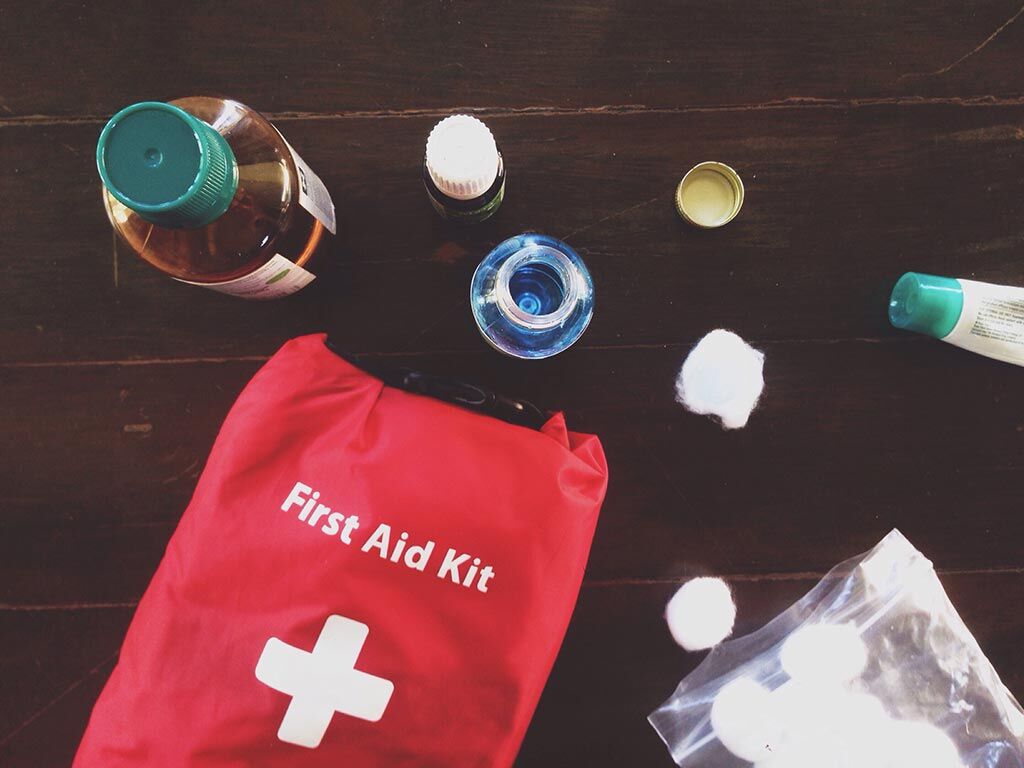
Quick Tip
Keep your first aid kit organized by storing everything in different pouches. This will come in handy if you ever need to access something quickly in an emergency. Also, don’t forget to check the expiration dates on items regularly and replace anything that is expired or used up. In terms of personal items, include any medications you might need as well as emergency phone numbers or other items your health-care provider suggests. Finally, it can be helpful to keep a list of everything that is in your first aid kit so that restocking becomes easier down the line. Learn about common myths about wounds
Examples of Emergencies:
– A cut that requires stitches
– A sprain
– A burn
– A snake bite
Facts of Having First Aid Kit at Home
When it comes to disasters, most people only think of large-scale events that can cause extensive damage and harm. However, smaller emergencies can also occur, many of which can be handled if you have the right supplies on hand. A first-aid kit is essential for these types of emergencies, and having one at home can give you a statistical advantage in the event that something happens.
A study by the Red Cross showed that when someone has a first aid kit in their home, they are twice as likely to survive an emergency. This is due to the fact that a first aid kit provides you with the supplies you need to treat minor injuries until professional help arrives. Even if you don’t experience a major emergency, having a first aid kit on hand can be helpful for everyday accidents like cuts and scrapes.
When assembling your first-aid kit, be sure to include supplies for both adults and children. Some basics items to include are adhesive bandages, antibiotic ointment, aspirin or ibuprofen, baking soda, calamine lotion, cold pack, cotton balls, elastic bandage, eyewash solution or saline solution, and a flat, metal object. It’s also important to make sure that your first-aid kit is up-to-date and that all of the supplies are still in good condition.
If you don’t have a first-aid kit already, now is the time to get one. Not only will it give you peace of mind in case of an emergency, but it could also save your life.



